We recently connected with Michael Janis and have shared our conversation below.
Michael, thanks for taking the time to share your stories with us today We’d love to hear about a project that you’ve worked on that’s meant a lot to you.
Public Art and Community
Glass has long been a captivating medium, seemingly untamable, constantly bridging the divide between art and craft. For those not well-versed in the art world, the distinction can be simple: if an object serves a functional purpose, like a bowl, it is often regarded as a work of craft, while those with no practical use are often considered works of art. However, the true essence of glass as an artistic medium lies in its ability to transcend these boundaries, becoming a canvas for communication and creative expression.
Since the inception of the US Studio Glass Movement in the 1960s, visionary glass artists have harnessed the medium’s potential to communicate their concepts. While some artists have stayed rooted in the deep history of glass, working traditional techniques, we at our studio – the Washington Glass Studio (WGS) – have moved away from craft production and explore contemporary art.
WGS integrated a community-centered business models for our focus. The biggest difference between a traditional business and a community-based business is the end goal the business is striving toward. The Washington Glass Studio is people centered, where collaboration, partnership, advocacy, and co-creation are our top values. I take immense pride in my studio’s commitment to serving the community through art.
As the Director of the Glass Studio’s public art projects, I embrace the challenges inherent in working on diverse scales and employing adaptable methodologies. Public art projects demand flexibility in design due to numerous external factors that can influence the artwork’s outcome. Such projects often require a collaborative approach, where, as an artist, I must incorporate various voices and perspectives to create a meaningful and inclusive piece.
A significant opportunity arose for WGS when the Washington, DC Commission on the Arts and Humanities (CAH) commissioned them to create an outdoor sculpture for a new healthcare facility in DC’s Ward 7. The aim was not merely to create art for the community but to create art with the community -fostering a sense of ownership and connection.
After engaging with community representatives, we focused on themes that were strongly held. We initiated community glass workshops, inviting the neighborhoods to come and create glass panels at our studio. The collaboration extended to include various stakeholders, such as DC Creates!, the DC CAH, the new healthcare facility, the local high school, and local Ward 7 members. These glass “quilting-bees” fostered an environment where community and art seamlessly merged, becoming an inseparable entity.
The response from the community was overwhelming; the workshops were packed with eager participants. Many returned for every session, excited about working with glass and witnessing how their artistic expressions transformed after firing. By having many area residents make the glass art insets, the sculpture has an increased sense of local identity. The artwork arch stimulates curiosity, and inspired some of the budding artists to consider new artistic avenues.
The resulting artwork, an arch of glass panels, not only marks the symbolic entrance to Ward 7 but also creates a powerful sense of place. The process of communal art-making has inspired budding artists to explore new avenues of creativity, providing a platform for art to thrive within the community. Through the transformative experience of creating public art, the community of Ward 7 has not only found a new landmark but has also discovered the beauty of their collective voice cast in glass for generations to come.
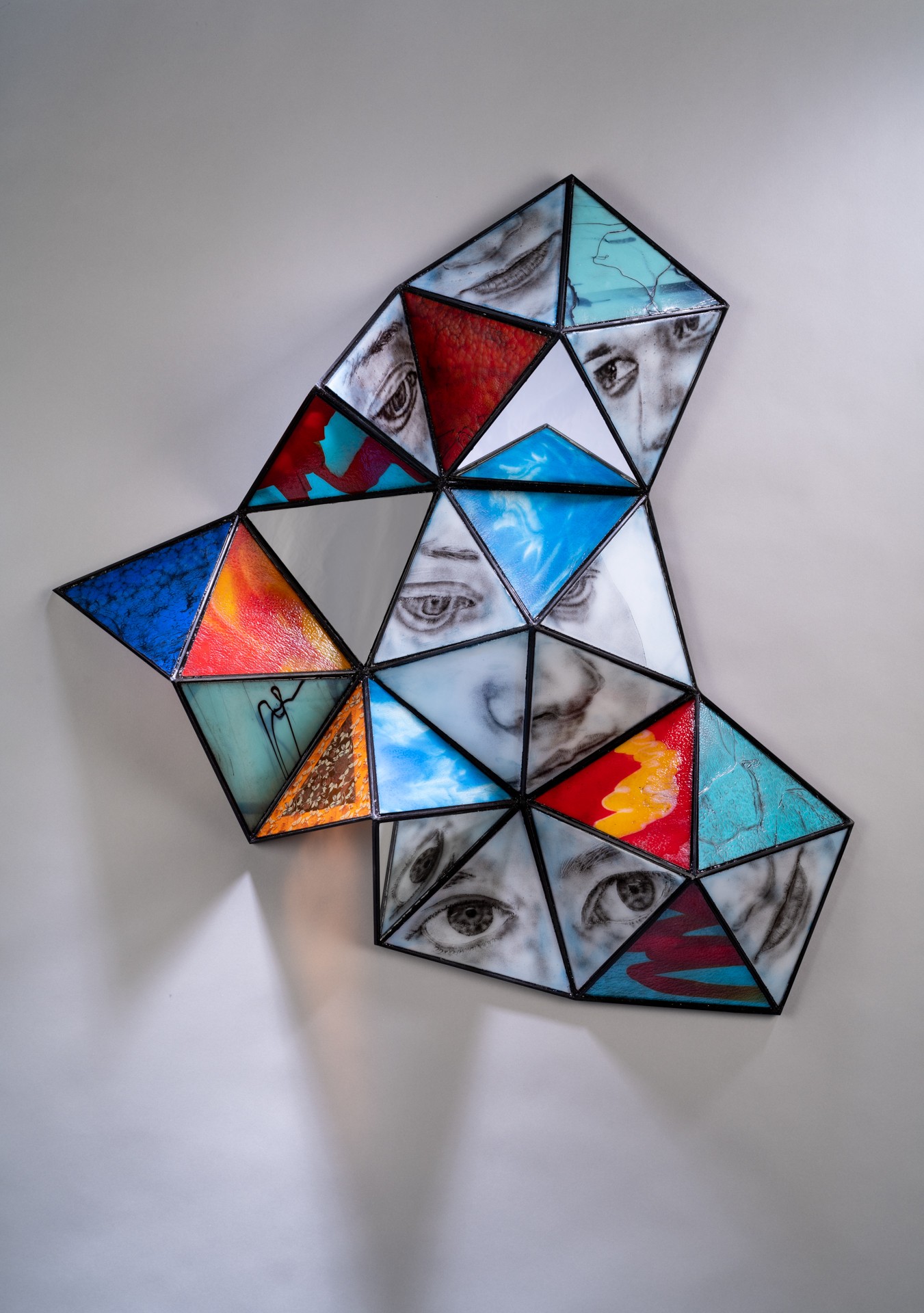

Michael, before we move on to more of these sorts of questions, can you take some time to bring our readers up to speed on you and what you do?
I am Co-Director of the Washington Glass School & Studio. An architect for twenty years, in Chicago, IL and Brisbane, Australia, my glass sculptures showcase my very disciplined approach to the medium. I oversee the glass studio’s many site-specific and public art commissions. The Washington Glass Studio was established in 2001 to deliver artwork and creativity into the public realm by creating site specific art commissions for architectural and landscape environments. At the Washington Glass Studio, the process used to create the artwork is as important as the finished artwork. Our philosophy focuses on the use of sustainable design, approaching each project with environmental integrity at every step.
As the child of a Chinese/Filipino immigrant and grandson of Greek and German immigrants, the family histories and struggle to assimilate has been a perpetual source for his narrative artwork that deals with understanding identity. Awarded a Fulbright Scholarship in 2012, I went to England’s University of Sunderland and taught at the UK’s National Glass Centre where I became an Artist-in-Residence at the Institute for International Research in Glass (IIRG).
Massachusetts’ Fuller Craft Museum mounted a solo show of my glass panels and sculpture in 2011, where they have my artwork in their permanent collection. My artwork is also in the permanent collection of the Art Institute of Chicago, the Tacoma (WA) Museum of Glass, Florida’s Imagine Museum, and the Fort Wayne, IN, Museum of Art. The DC Commission on the Arts & Humanities awarded me the 31st Annual Mayor’s Arts Award for “Excellence in the Arts”.
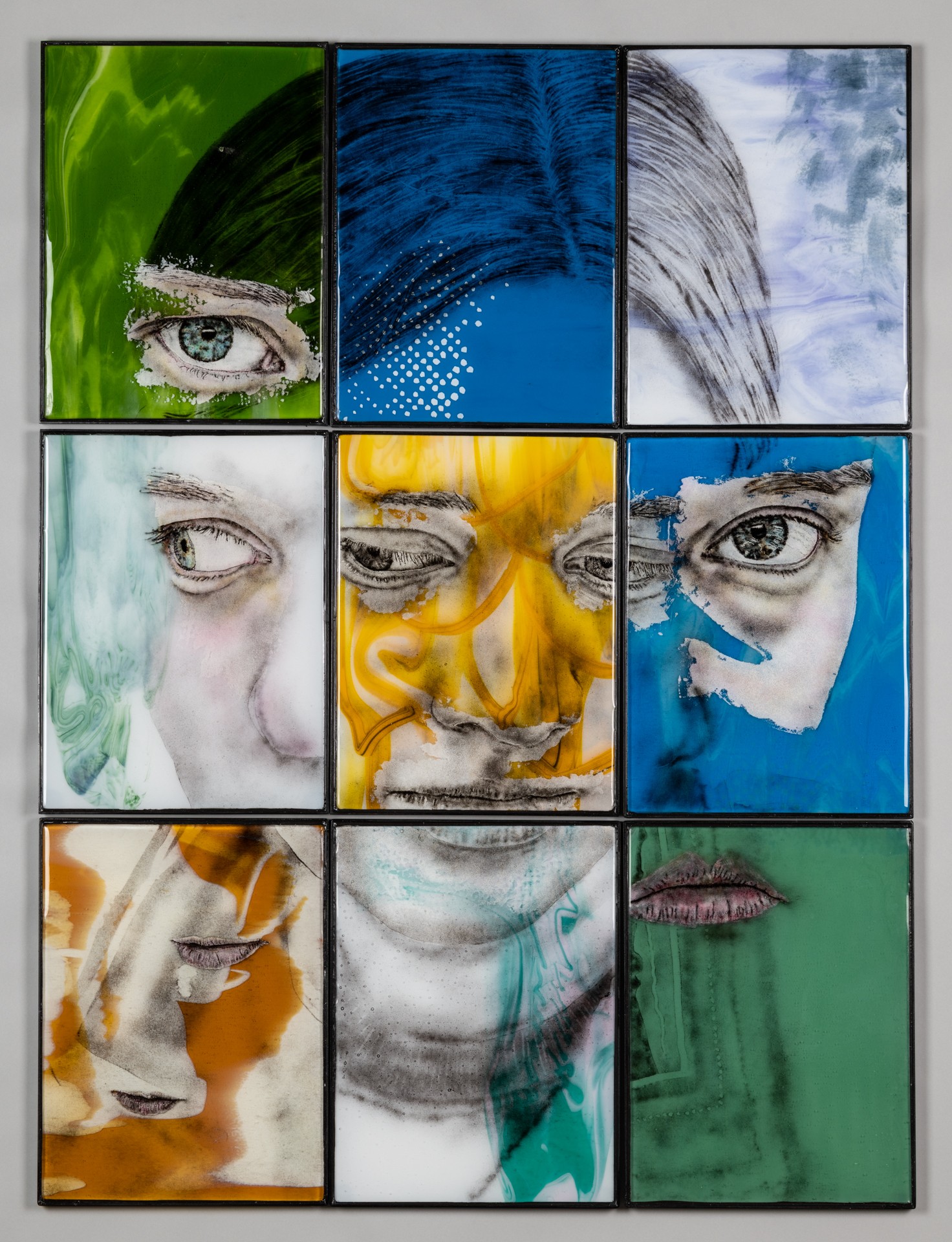
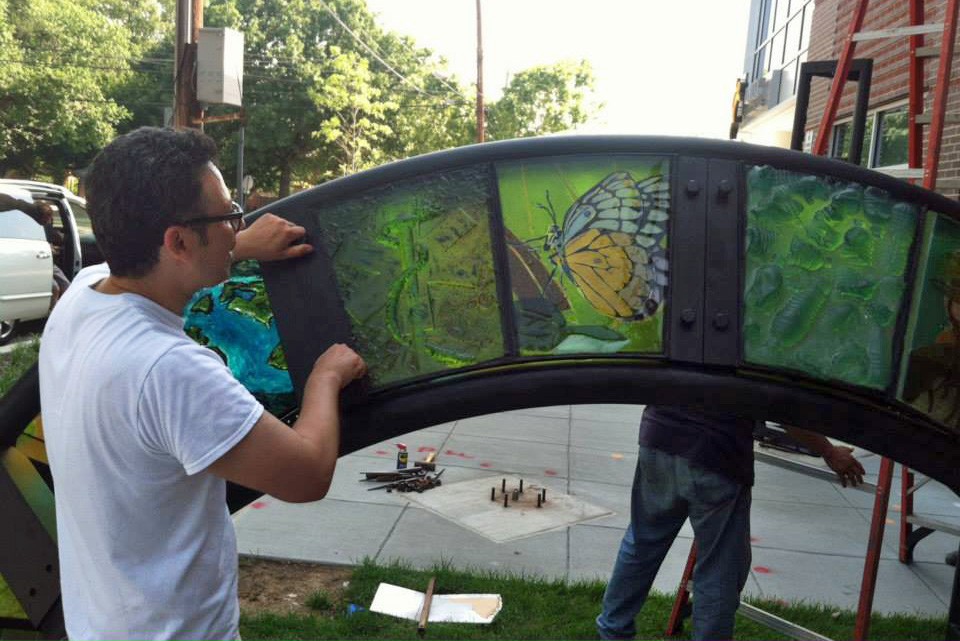
Is there something you think non-creatives will struggle to understand about your journey as a creative? Maybe you can provide some insight – you never know who might benefit from the enlightenment.
The artist/creative’s life is often glamorized and misperceived in popular culture, portraying artists as slackers who spend their time lounging in coffee shops, waiting for inspiration to strike (like a bolt of lightning), or engaging in dramatic and reckless behavior fueled by drugs and alcohol. While some artists may occasionally indulge in these activities, the reality is far more grounded and practical.
In truth, most artists spend their time where they truly belong – in their studios, dedicated to their craft. Being an artist is akin to owning a business, and like any business owner, they must tend to the mundane yet essential aspects of finance and organization. This includes basic bookkeeping, managing income and expenditure, obtaining insurance, applying for grants, paying bills, tracking invoices, and keeping records of galleries and competitions where they have submitted their work. These tasks may not be glamorous, but they are a crucial part of the job.
Moreover, artists must actively showcase their work in various venues, whether online, in galleries, at fairs, or even in coffee shops. This involves not only preparing their artwork for display but also planning for packing and shipping as needed. Finding suitable exhibition spaces is an ongoing effort that requires diligence and networking.
In the contemporary world, establishing an online presence is paramount for artists. Alongside exhibiting and selling their work, artists must engage in self-promotion. This may involve using social media, creating web pages, writing blogs, or participating in podcast interviews to promote their art. This self-marketing becomes even more vital if an artist lacks professional representation.
Contrary to the romanticized notion of artists as free-spirited wanderers, being an artist requires planning and proactive effort. It’s not about waiting for life to sweep them off their feet but rather appreciating how their interactions with experiences shape their artistic journey. Challenges and rejections are part of the real world, and artists must learn to navigate these hurdles while remaining open to discovering new aspects of the world and themselves.
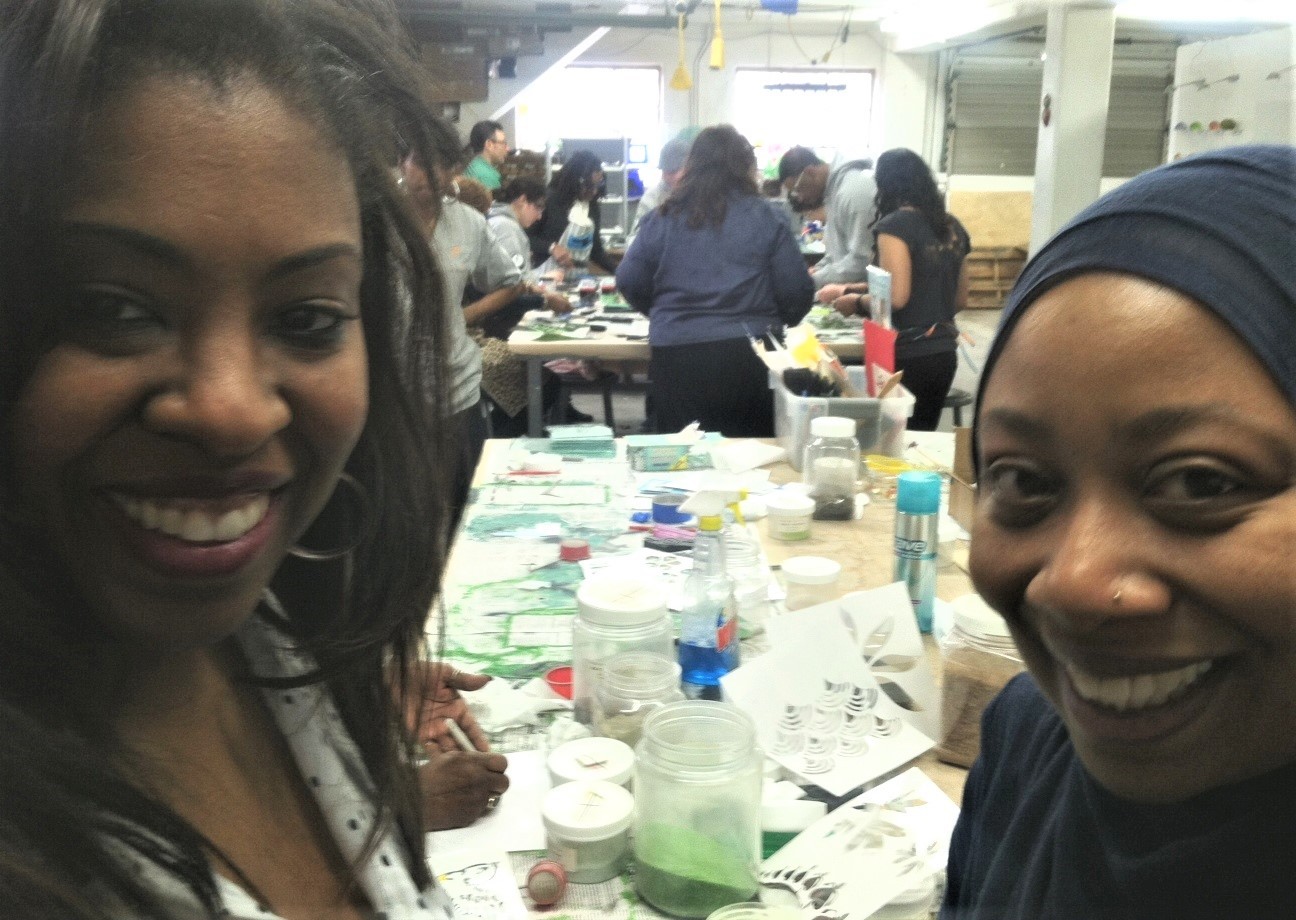

What’s the most rewarding aspect of being a creative in your experience?
The most rewarding aspect of my work as an artist and Co-Director at the Washington Glass School & Studio is the positive impact I can make on others. Through teaching workshops at various places like Penland School of Craft, The Pittsburgh Glass Center, the University of Sunderland in the UK, and my own studio, I often encounter individuals who feel unsure and intimidated about different aspects of their artistic journey. Whether it’s working with glass, mastering a challenging technique, or embracing the title of “artist,” my goal as an instructor is to help them overcome these obstacles and become more confident in their creative pursuits.
I find joy in guiding my students through their journey, breaking down complex processes into smaller, achievable steps, and encouraging them to practice and embrace their natural talents. In my workshops, such as the one on glass sgraffito, where we manipulate and scrape glass powder to create images, I emphasize that the goal is to learn the basics rather than achieve perfection in a short time. It’s incredibly fulfilling to see former students progress and succeed, with their artwork being displayed in galleries, featured in shows, or even accepted into universities, using the techniques they learned in my workshops.
Being part of their growth and witnessing them reach new heights in their artistic careers is immensely gratifying. Knowing that I played a role in helping them elevate their skills and achieve their goals brings me a sense of fulfillment and purpose in my work as an artist and instructor.

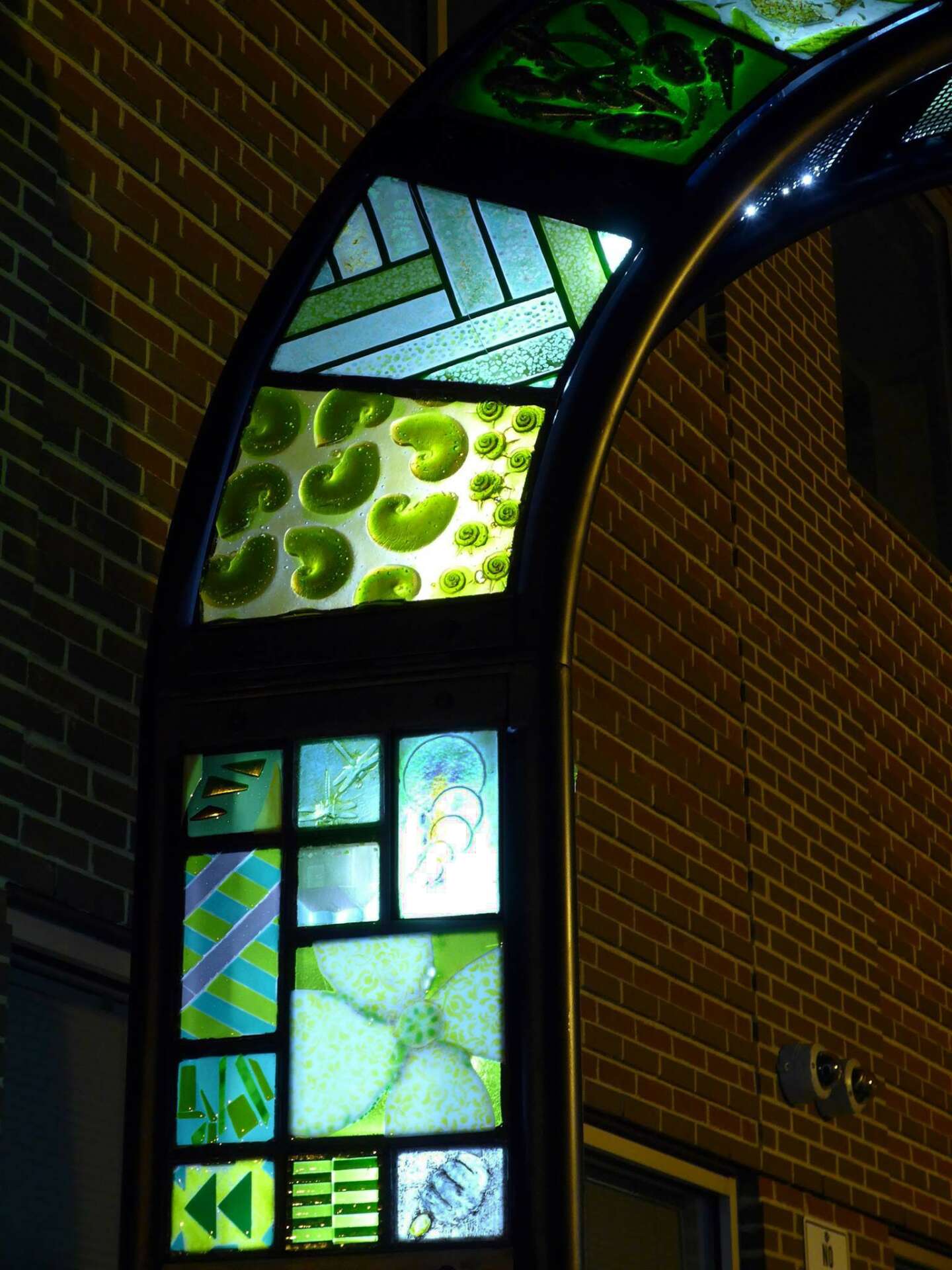
Contact Info:
- Website: https://michaeljanis.com/
- Instagram: https://www.instagram.com/michael_janis/
- Facebook: https://www.facebook.com/michael.janis
- Linkedin: https://www.linkedin.com/in/michael-janis-54775a15/
- Other: https://www.instagram.com/publicartglass/
Image Credits
images 1& 2 photo credit Pete Duvall. Images 3-8 photo credit Michael Janis


